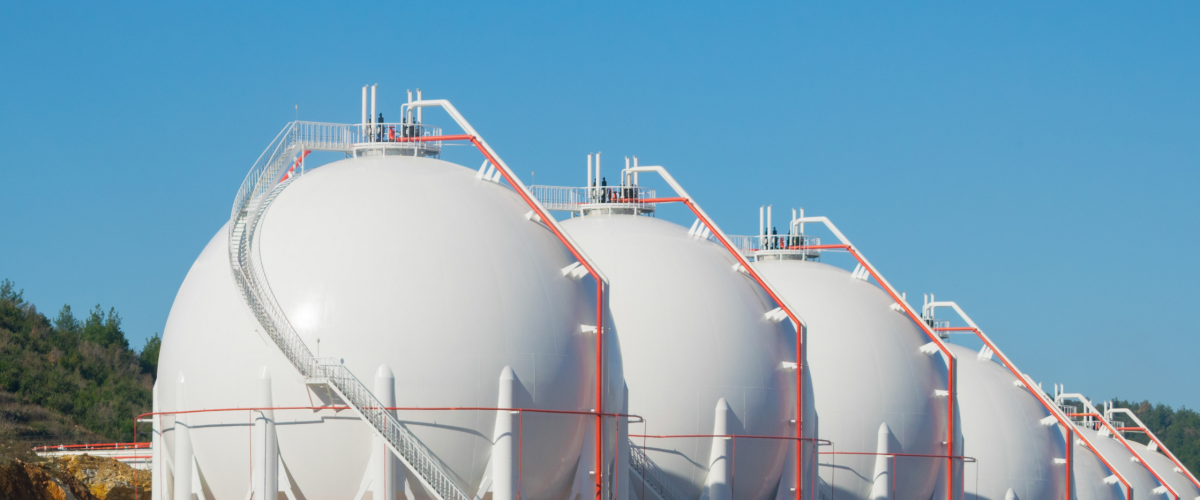The liquefied natural gas (LNG) market has experienced significant growth and evolution in recent years, driven by various trends and changes in global energy dynamics.
Here are some key trends and factors influencing the global demand for LNG:
1. Growing Energy Demand: As global energy demand continues to rise, particularly in emerging economies such as China and India, there is increasing interest in cleaner and more efficient sources of energy, including natural gas. LNG, which offers a flexible and cost-effective means of transporting natural gas across long distances, has become a vital component of the global energy mix.
2. Shift towards Cleaner Energy: Amid growing concerns about climate change and air pollution, many countries are transitioning away from coal and other fossil fuels towards cleaner alternatives such as natural gas. LNG, which produces lower emissions compared to coal and oil, is seen as a viable bridge fuel to help reduce greenhouse gas emissions while supporting economic growth and energy security.
3. Expansion of LNG Infrastructure: The global LNG infrastructure has expanded rapidly in recent years, with new liquefaction plants, import terminals, and regasification facilities coming online in various regions around the world. This expansion has helped to increase the availability and accessibility of LNG, making it easier for countries to import, store, and distribute natural gas to meet their energy needs.
4. Emergence of New LNG Exporters: Traditionally, LNG exports have been dominated by a handful of major producers such as Qatar, Australia, and the United States. However, new players are entering the market, including countries in Africa, Southeast Asia, and the Eastern Mediterranean, which are developing their LNG projects to capitalize on their natural gas reserves and diversify their economies.
5. Shift in LNG Pricing Dynamics: The LNG market has traditionally been characterized by long-term contracts linked to oil prices. However, there is a growing trend towards more flexible and market-driven pricing mechanisms, including spot and short-term contracts, as well as the development of LNG trading hubs. These changes are driven by factors such as increased competition, evolving market dynamics, and the emergence of new LNG suppliers and buyers.
6. Demand from Industrial and Power Generation Sectors: LNG is used in various industries, including power generation, petrochemicals, and transportation, where it serves as a cleaner and more efficient alternative to other fuels. The power generation sector, in particular, is a major driver of LNG demand, as countries seek to reduce emissions from coal-fired power plants and transition towards cleaner energy sources.
7. Geopolitical Factors and Energy Security: Geopolitical tensions, trade disputes, and concerns about energy security are also influencing the global LNG market. Some countries are seeking to diversify their energy supplies by increasing LNG imports from multiple sources, while others are investing in LNG infrastructure to enhance their energy security and reduce dependence on imported oil and gas.
Overall, the LNG market is experiencing significant growth and transformation, driven by factors such as growing energy demand, the shift towards cleaner energy sources, expansion of LNG infrastructure, and changes in pricing dynamics. As countries around the world continue to invest in LNG infrastructure and transition towards cleaner energy systems, the demand for LNG is expected to remain strong in the years to come.
Read more on Sparkview Energy:
Natural Gas Vehicles (NGVs): A Cleaner Alternative for Transportation
Natural Gas Compression: Equipment and Applications in the Midstream Sector
A peek at the Horizon of the Oil and Gas industry in the Year 2024

